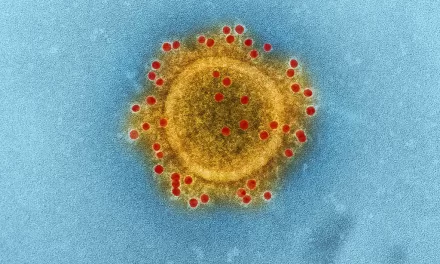Published Findings Urge Global Action to Address Lead Poisoning at All Levels
Low-level lead exposure is responsible for significant health burdens, affecting children’s cognitive development and increasing the risk of cardiovascular diseases in adults, according to recent research conducted by Columbia University Mailman School of Public Health, Simon Fraser University in Canada, Harvard Medical School, and Boston Children’s Hospital. The study, published in the New England Journal of Medicine, indicates that even minimal lead exposure—levels previously deemed safe—carries major health risks.
For children, the consequences of lead poisoning are severe. Exposure contributes to a global annual loss of approximately 765 million IQ points in children, linked with cognitive deficits and attention deficit–hyperactivity disorder (ADHD). Moreover, low-level lead exposure in adults has been found to increase the risk of chronic kidney disease, hypertension, and cardiovascular complications, which contribute to around 5.5 million deaths worldwide annually from cardiovascular disease.
“The global burden of disease from lead exposure is staggering,” remarked Dr. Ana Navas-Acien, Leon Hess Professor and chair of Environmental Health Sciences at Columbia Mailman School. Dr. Navas-Acien emphasized that, while coronary heart disease rates have decreased in industrialized nations, they have surged in developing countries, exacerbating health disparities. “One in three children worldwide—over 600 million children—are affected by lead poisoning.”
Persistent Lead Exposure Sources
Although lead usage has significantly declined since the 1970s in Europe and the United States, lingering sources continue to affect populations. Lead remains in old housing paint, contaminated soil from leaded gasoline, corroded water pipes, and industrial emissions. In racially segregated communities, airborne lead levels are notably higher than in integrated neighborhoods, disproportionately impacting minority communities.
“Despite the assumption that lead poisoning is a thing of the past, children and adults are continually exposed to lead sources,” explained Bruce Lanphear, study co-author and professor at Simon Fraser University. “Toddlers, in particular, are at high risk due to mouthing behaviors and living in homes with deteriorating paint or lead-contaminated environments.”
Other high-risk groups include people living near airports, where leaded aviation fuel persists, and communities dependent on lead service lines for tap water.
Revisiting ‘Safe’ Lead Levels
Historically, the threshold for harmful blood lead levels in children has been repeatedly lowered—from 100 µg/L initially to 35 µg/L in 2021—as more evidence has revealed that even minimal exposure has serious effects. “No safe level of lead in children’s blood has been identified,” noted Dr. David Bellinger of Harvard Medical School and Boston Children’s Hospital, adding that the cognitive decline and cardiovascular risks increase sharply even at the lowest measurable lead concentrations.
Calls for Comprehensive Prevention
Beyond individual screening, the study stresses that eliminating environmental lead sources is essential to safeguarding public health. Dr. Navas-Acien and colleagues recommend widespread initiatives, including replacing lead service lines, banning leaded aviation fuel, limiting lead in food, and addressing lead-contaminated soils and old housing paint.
While researchers agree that long-term lead exposure measured in bones may better predict cardiovascular risks than short-term blood measurements, several questions about lead’s specific contributions to cardiovascular disease remain open. Nonetheless, the findings underscore the urgent need for comprehensive strategies to eliminate lead exposure and mitigate its lasting health impacts.
More information can be found in the New England Journal of Medicine article: Lead Poisoning, 2024 (DOI: 10.1056/NEJMra2402527).












